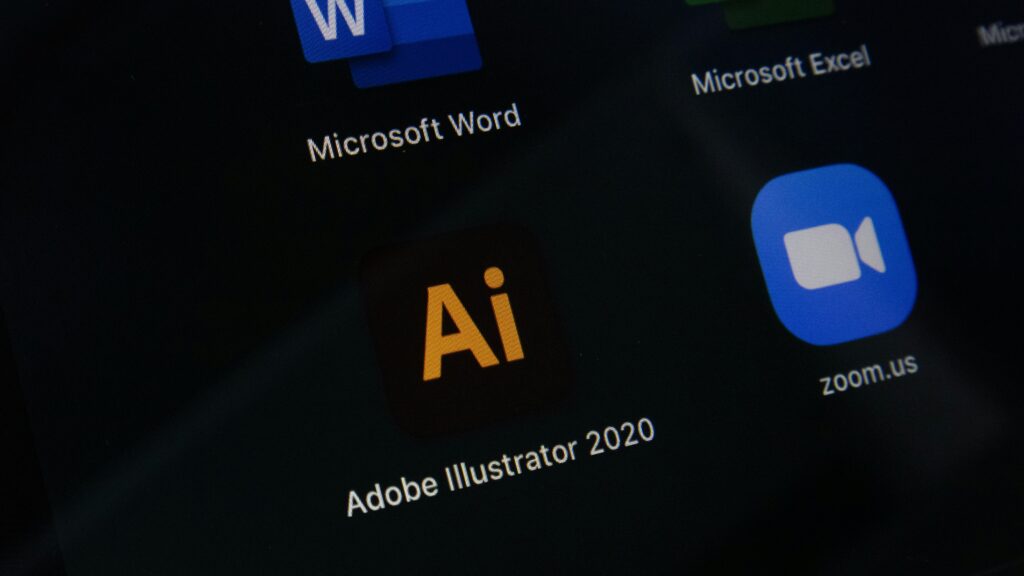| Attributes | Details |
|---|---|
| Devices Market Value (2023) | USMobile Computing$ 303,502.3 million |
| Mobile Computing Devices Market Anticipated Value (2033) | US$ 428,120 million |
| Mobile Computing Devices Projected Growth Rate (2023 to 2033) | 3.5% |
Mobile computing is a transformative technology that has reshaped how we connect, communicate, and conduct business in the modern world. By enabling the transmission of data, voice, and multimedia content through portable, wireless-enabled devices, mobile computing allows users to access information and services anytime, anywhere. This seamless connectivity has driven innovation across various industries, enhancing productivity, flexibility, and user experience. From smartphones and tablets to wearable technology, mobile computing is at the heart of our increasingly digital and mobile lifestyle, empowering individuals and businesses to operate efficiently in a fast-paced, interconnected world.
Portability:
Devices such as smartphones, tablets, and laptops are designed to be compact and lightweight, making them easy to carry and use on the go. This portability allows users to perform computing tasks anywhere, whether they’re traveling, commuting, or working remotely.
Connectivity: One of the core features of it and its ability to maintain continuous connectivity to the internet and other networks through various technologies like Wi-Fi, cellular data (3G, 4G, 5G), and Bluetooth. This enables users to access data, communicate, and stay connected without being tied to a specific location.
Ubiquity:
Mobile computing devices are ubiquitous, meaning they are available and can be used at any time and place. This feature supports the concept of “always-on” connectivity, allowing users to access applications, services, and information whenever they need them, creating a more flexible and responsive user experience.
Personalization:
Mobile devices offer a high degree of personalization, allowing users to customize their devices with preferred apps, settings, and user interfaces. This personalization improves the user experience by catering to individual preferences and needs, making the device more intuitive and efficient for the user.
Synchronization:
Synchronization across multiple devices is a vital feature of it. It ensures that data and applications are consistently updated across all user devices, such as smartphones, tablets, and computers. This feature is crucial for maintaining data continuity, as it allows users to switch between devices seamlessly without losing access to their work or personal information.
Security:
It incorporates advanced security features to protect data and communications. These include encryption, biometric authentication (like fingerprint or facial recognition), and secure access controls. Security is a critical feature , as it safeguards sensitive information from unauthorized access, particularly when using wireless networks.

Communication:
Description: Mobile computing facilitates a range of communication methods, including voice calls, text messaging, emails, and video conferencing. These devices ensure that users can communicate in real-time from virtually anywhere.
Data Access and Management:
Description: Mobile computing allows users to remotely access, store, and manage data through cloud services and mobile applications. This function is critical for accessing documents, databases, and other resources without being tethered to a physical location.
Impact: This capability enhances productivity by enabling users to work with important data and files from any location, thus supporting remote work and on-the-go business operations.
Mobile Applications:
Description: A wide array of mobile applications (apps) are available for different purposes, including productivity, entertainment, social networking, and more. These apps are designed to take advantage of mobile computing’s portability and connectivity.
Impact: Mobile applications offer tailored functionalities that meet specific user needs, making everyday tasks more convenient and enabling new ways to engage with content and services.
Navigation and Location-Based Services:
Description: Mobile computing devices often come equipped with GPS and other location-based services, providing real-time navigation, mapping, and location tracking capabilities.
Impact: This function is essential for a variety of activities, from driving directions and finding nearby services to tracking the location of assets and individuals. It enhances safety, convenience, and efficiency in navigation and logistics.
Commerce and Financial Transactions:
Description: Mobile computing supports a wide range of financial activities, including mobile banking, online shopping, and the use of digital wallets. These functions allow users to perform transactions securely and conveniently from their mobile devices.
Impact: This functionality has revolutionized the way people manage finances and conduct commerce, making transactions faster, more secure, and accessible from virtually any location.
Multimedia and Entertainment:
Description: Mobile computing devices are powerful multimedia tools, allowing users to stream videos, listen to music, play games, and interact with a variety of entertainment platforms.
Impact: These entertainment functions cater to the growing demand for on-the-go access to media content, providing users with continuous entertainment options regardless of their location.
Remote Work and Collaboration:
Description: Mobile computing enables remote work by providing access to collaborative tools such as video conferencing, file sharing, and project management software. Employees can stay productive and connected with their teams from anywhere.
Impact: This function has become increasingly important in the modern workforce, supporting flexible work environments and enabling businesses to operate efficiently even when employees are distributed across various locations.

This technology has undeniably transformed the way we live, work, and interact with the world around us. Its ability to provide seamless connectivity, unparalleled flexibility, and innovative solutions has revolutionized various industries and everyday life. As technology continues to advance, it will only become more integral to our personal and professional lives, driving further innovation and opening up new opportunities for growth and efficiency. Embracing mobile computing is not just an option—it’s essential for staying competitive and connected in today’s fast-paced, digital world.